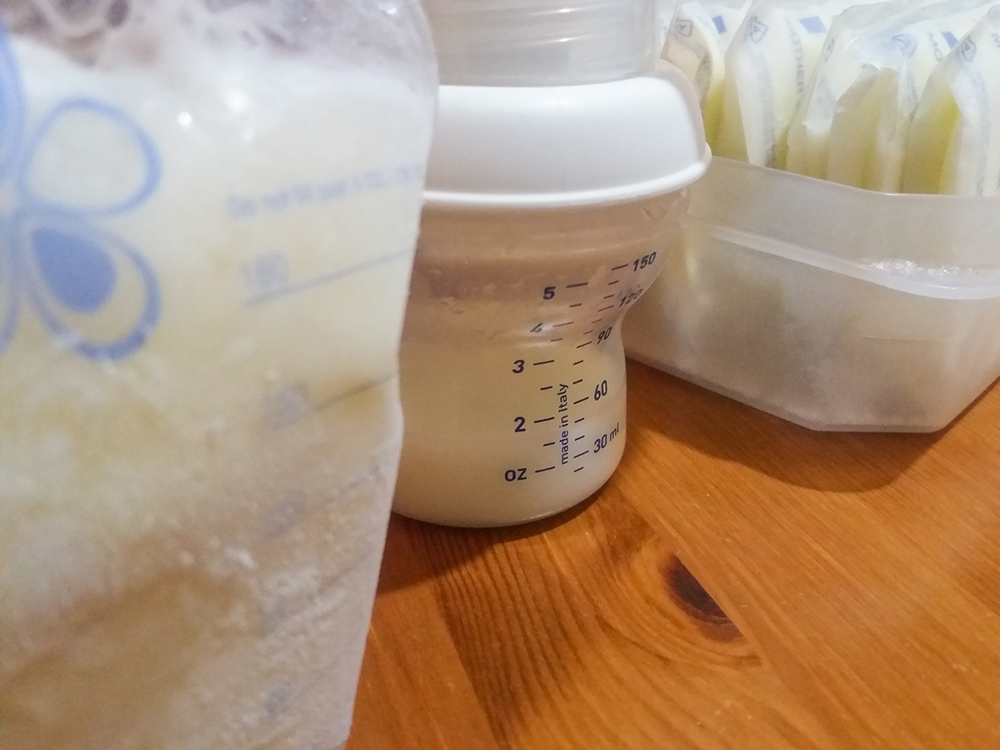The ins and outs of sharing breast milk

There’s a growing movement of women who share breast milk, […]
There’s a growing movement of women who share breast milk, whether by nursing a friend’s baby, buying pumped milk from other moms online, or through licensed facilities that provide regulated, donated milk to babies with relevant health needs. To some moms, it might sound a little, well, gross to share milk, but with studies showing that breast milk is best and some women being unable to breastfeed, donated milk is becoming a more frequently used alternative to formula. But which babies really need donated milk, and is sharing milk even a safe practice? Read on to learn more.
Babies who need breast milk
Reasons why your infant might need donated milk include premature birth, allergies, and intolerance to formula—or if you have an infection that could be spread to your baby, like HIV or hepatitis. Your baby may also need supplied milk if you have health problems that impede lactation or breastfeeding, or if he’s a twin or triplet and you can’t produce enough milk to satisfy all of their nutritional needs.
Human milk banking
The Human Milk Banking Association of North America (HMBANA) supplies human breast milk in the United States and Canada and is responsible for reviewing and revising the guidelines for donor milk banking. Donated breast milk is stored in milk banks, and currently there are only 11 banks in the U.S. that are members of the HMBANA. Not just any mom can get her hands on the milk, though. You have to have a doctor’s prescription to buy from a milk bank or hospital, meaning your child has to have a legitimate need for it. Donated breast milk costs around $3 per ounce, and there’s usually a small fee for shipping also. But if your baby’s health is completely dependent upon the milk, it’s possible that your insurance company will cover the cost—if they won’t, you can talk to your milk bank about setting up a payment plan.
Donor screening
Milk donors go through a meticulous screening process and aren’t paid for their donation; every precaution is taken to ensure that they are in good health and that their milk is completely safe. The process begins with a telephone interview, which is followed by an evaluation of the mother’s overall health and a blood test. Donors are nonsmokers who don’t drink alcohol regularly, and also don’t use any medications on a regular basis—however, there are several exceptions, so ask your milk bank which drugs they allow their donors to take. In addition to these guidelines, a number of other lifestyle and health factors are considered, such as immunizations and doctor consent—the HMBANA even goes so far as to screen donors on the basis of their country of origin and foreign travel destinations.
Milk processing
The donor’s milk is frozen and transferred to a milk bank where it’s thawed and pooled with milk from several other donors. The pooled milk is then heat-treated to kill bacteria and viruses while maintaining most of its nutritional and allergy protection benefits. After being double-checked for bacteria, the milk is refrozen and shipped overnight to hospitals and individual homes.
[tip:] While informal breast milk sharing may seem easier and more cost efficient than going through a milk bank, you run the risk of transmitting diseases and other contaminants to your baby, so always obtain donated milk through a licensed facility.
Become a donor
If you have surplus breast milk and are interested in donating to a human milk bank, you can get more information and donor guidelines from the HMBANA by visiting their website.







